000
1. What is Photon Counting
According to the intensity of incident light, the configuration and bandwidth of the output processing circuit, the light detection based on photomultiplier tube (PMT) can be divided into two types, analog method and photon counting method.
What is photon counting method According to the quantum character of light, light is composed of particle-photons. When the light intensity is very weak, the incident photon flow will appear in a discrete state (single-photon state), that is, the photons arrive at PMT one by one in the form of particles, and PMT outputs discrete pulse signals one by one, and then pulse height discrimination and digital counting technology are used to identify, extract and count these signals, so as to characterize the incident light intensity and realize the measurement of weak light signals. Fig. 1 shows the output signal of the PMT under different incident light intensities.
As a powerful means to detect extremely weak light, photon counting detector can detect the light whose intensity is lower than the thermal noise level of PMT itself at room temperature. The signal annihilated in noise signals can not be separated and extracted by the usual DC detection method (analog method). Fig. 2 is a schematic diagram of PMT in the photon counting method.
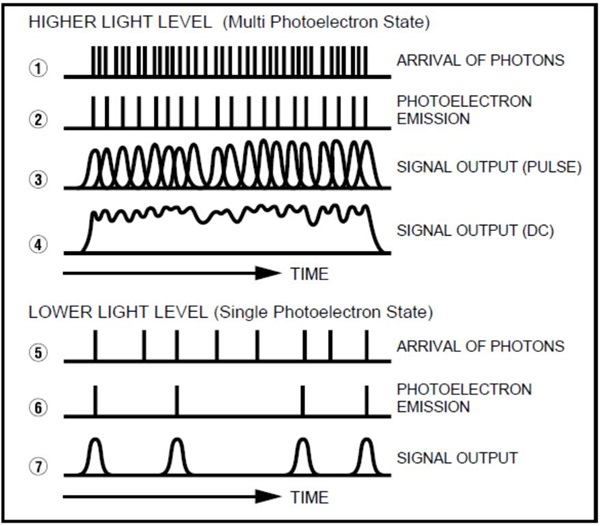
Fig. 1 Output signal of PMT with different incident light intensity
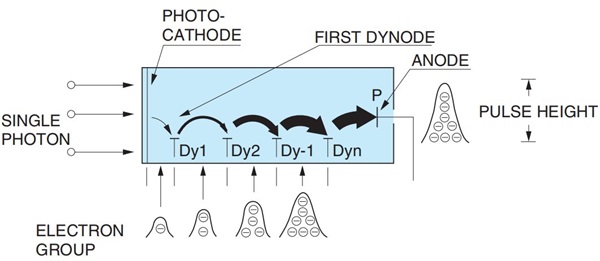
Fig. 2 schematic diagram of PMT in photon counting method
2. Principle and composition of photon counting detector
The photon counting detector is an all-in-one module, which integrates PMT, high-voltage power supply, voltage divider circuit and single-photon signal processing circuit (amplification, discrimination, shaping) (see Fig. 3). The circuit’s parameters have been set to the best state, just need to supply the low voltage from the outside and connect the output signal to the counter.
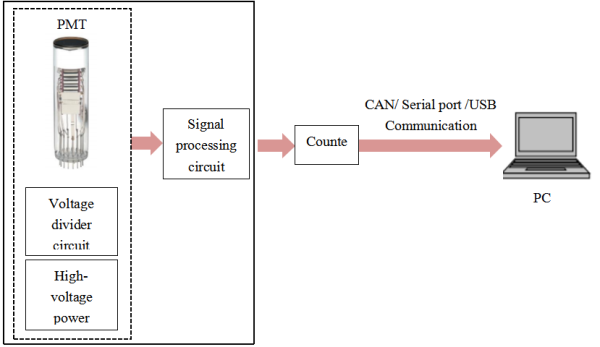
Fig.3 Composition and schematic diagram of photon counting detector
3. Chemiluminescence immunoassay
Chemiluminescence immunoassay is a detection and analysis technology that combines high sensitivity chemiluminescence determination technology with high specific immune response. It is an important technical means of in vitro diagnosis. It has a wide range of applications and can realize the detection and analysis of various hormones, tumor markers, cardiac markers, immunity, allergens, inflammation, infectious diseases and other items (see Fig. 4).
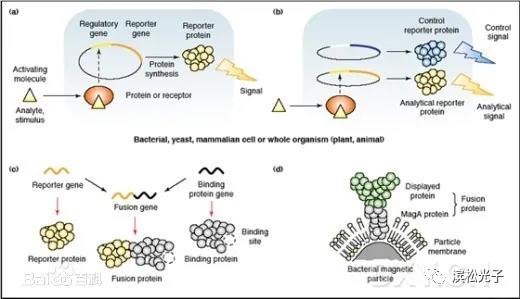
Fig. 4 Chemiluminescence immunoassay technique
(Source: Baidu Encyclopedia)
Chemiluminescence immunoassay analyzer is a typical device for weak light detection. Its core component to accomplish luminescence detection mission is the photon counting detector.
4. Performance of photon counting detector and the application in chemiluminescence
1. Dark count rate
The dark count rate is correlated with the lower detection limit of chemiluminescence immunoassay instrument. Currently, the dark count rate of the detector is not the limiting factor of the lower detection limit in cases where the lowest point of reagent luminescence or instrument background is much higher than the dark count level.
2. Linearity
Within a certain range, the output of the detector is proportional to the number of incident photons. This range is the linear range, and its upper limit is the maximum linear count rate (BHP products take 10% count loss as the standard to determine the upper limit). In chemiluminescence applications, the amount of incident light is measured according to the output count rate of the detector, and then the content (concentration) of the measured sample is determined. In case of high linearity requirements, correction measures can also be adopted (see Fig. 5).
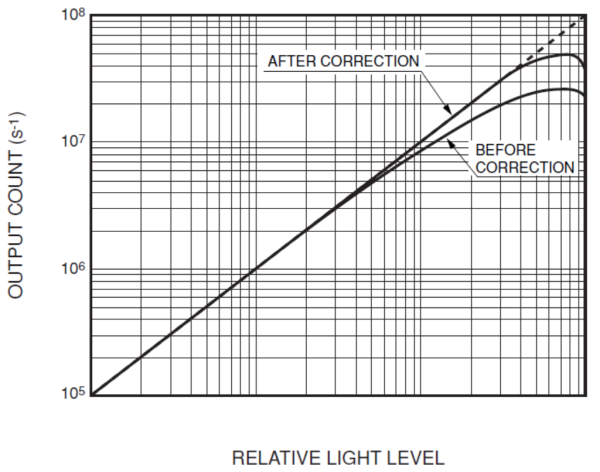
Fig. 5 linear characteristic curve of count rate (comparison before and after correction)
3. Consistency
Chemiluminescence immunoassay analyzer has strict inter-instrument difference requirements. The inter-instrument difference is related to various factors such as the consistency of the detector itself, the light path structure of the instrument and the installation error. Beijing Hamamatsu Photon Technique Inc.(BHP) tests the products one by one when they leave the factory to ensure that the consistency deviation of each detector is within ±10%. The instrument manufacturer can control the difference between instruments according to the data of each detector, the optical path, and installation.
4. Stability and anti-interference performance
As a medical instrument, the stable and reliable performance is very important for both chemiluminescence immunoassay analyzer and its core component, photon counting detector. In addition to the advantages of consistency, the photon counting detector of BHP has good stability and strong anti-interference performance. Each product is tested for EMC immunity before leaving the factory, which provides reliability guarantee for users' instruments.
5. Photon counting detector of BHP
BHP has decades of PMT technology and application foundation. The photon counting detector products developed by BHP have been developed for more than ten years since mass production supplied to the market. The product design is outstanding, the performance is reliable, and there are complete testing and detection equipment, mature mass production experience and strict quality control process. According to different requirements, different product options are provided in terms of product dimensions and spectral response range (see Table 1 and Fig. 6).
Table 1 Typical products list of photon counting detectors of BHP
Model | Spectral response range | Effective area | Dark count rate | Maximum linear count rate(s-1) | Total measurement /Overall size |
CH299 | 300~650 | Φ25 | ≤150 | 5x106 | Φ35x192 |
CH326 | 300~650 | Φ25 | ≤150 | 6x106 | 35x58x40 |
CH345 | 300~650 | Φ22 | ≤200 | 6x106 | 40x62x68 |
CH277 | 300~900 | 8x24 | ≤300 | 5x106 | 99x78.5x83 |
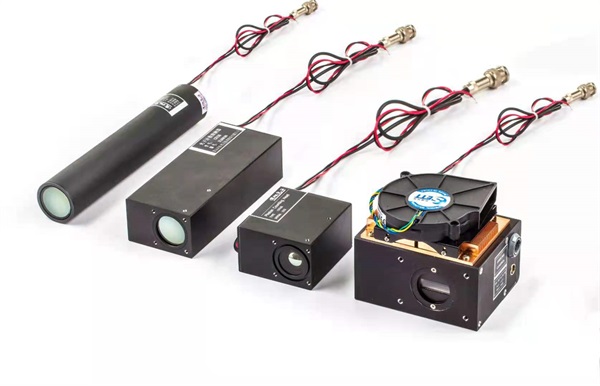
Fig. 6 Photon counting detectors of BHP